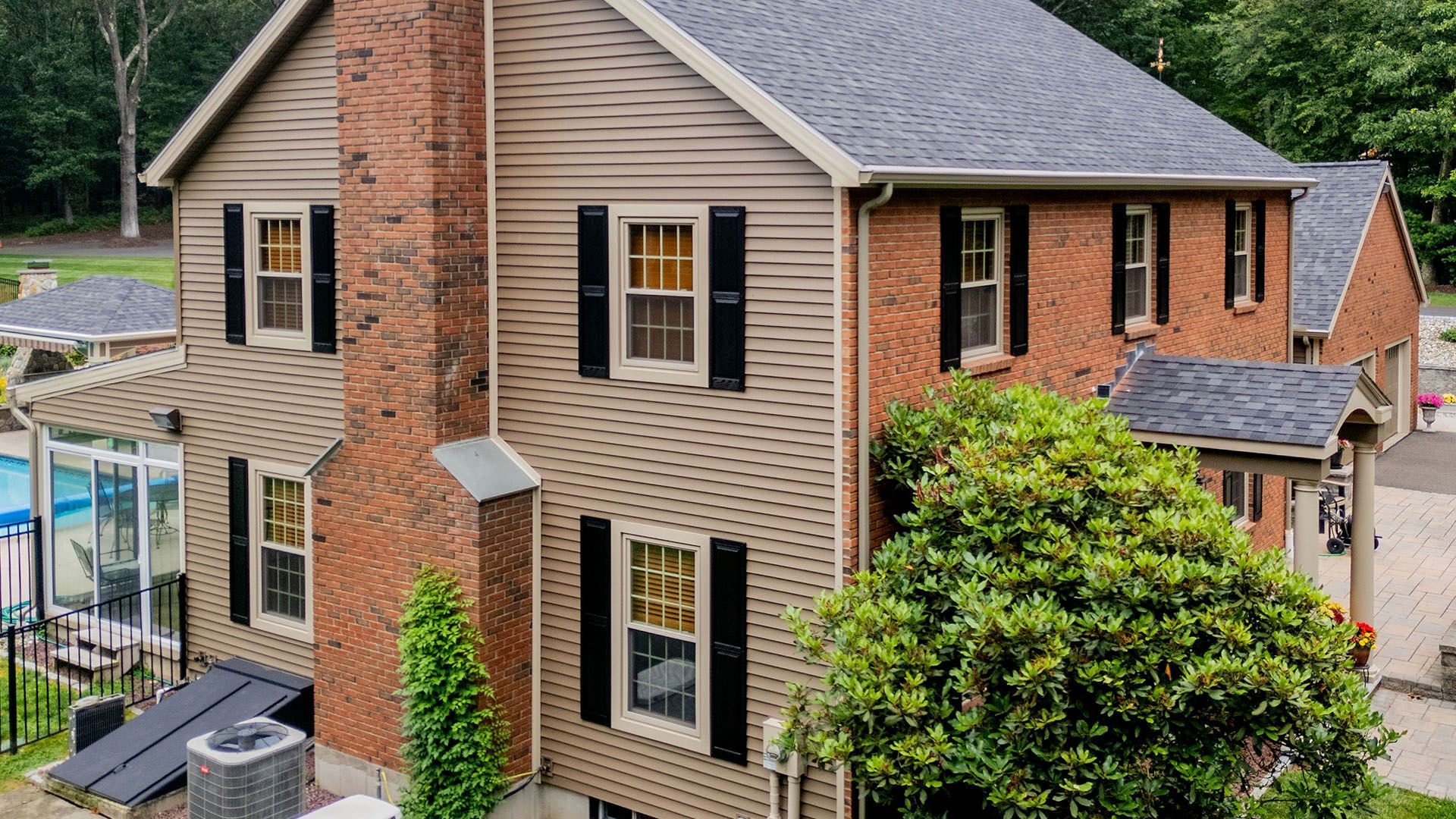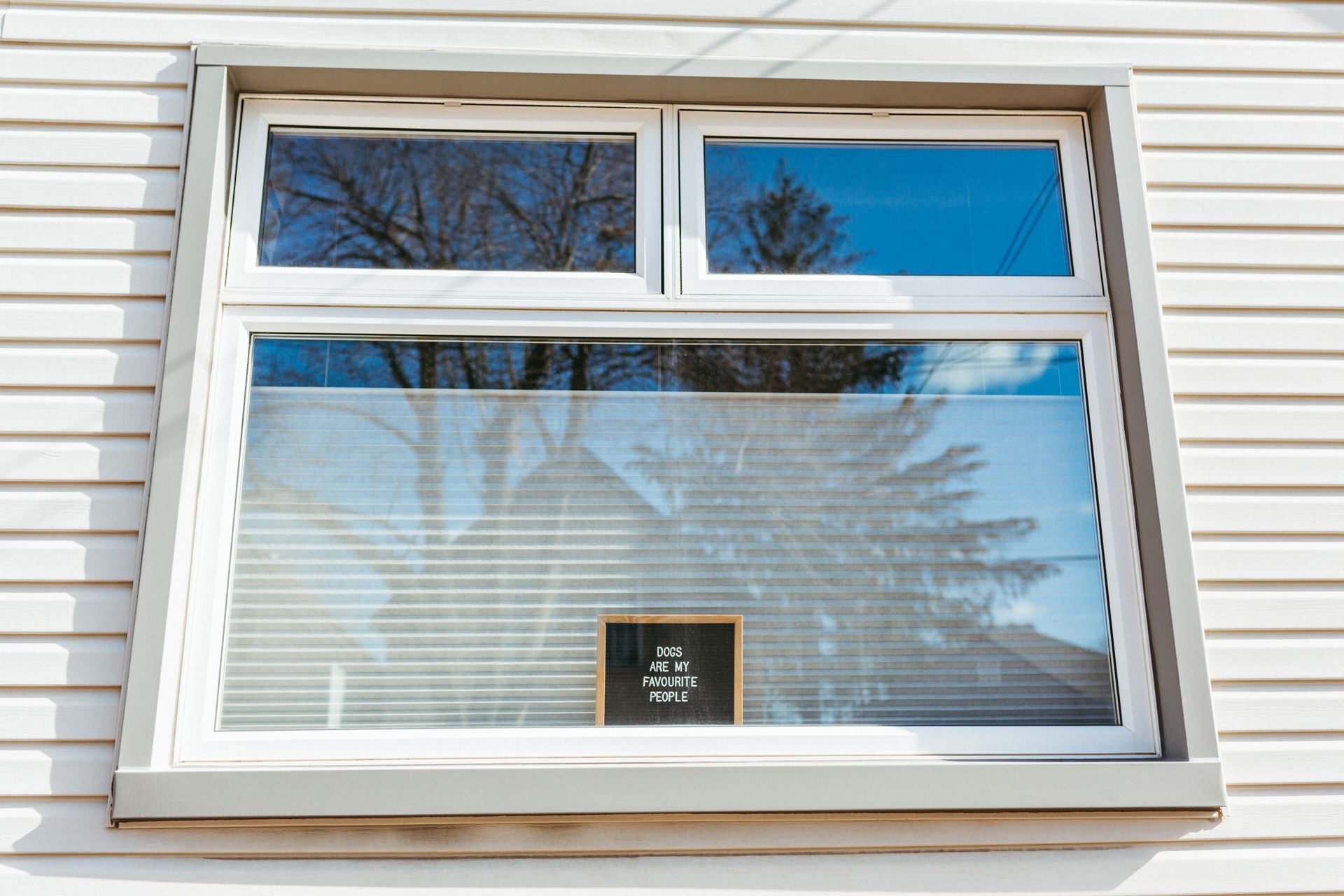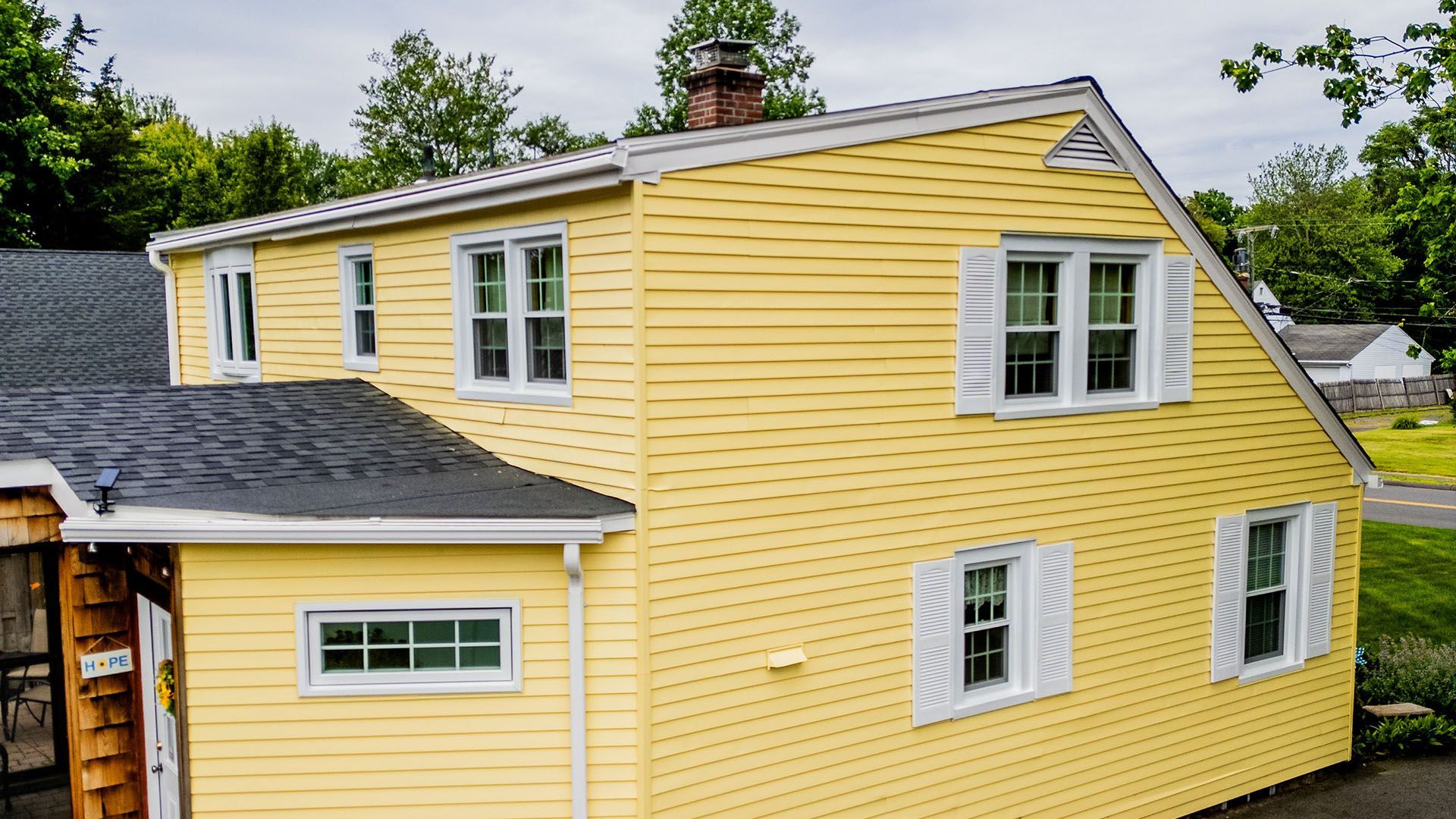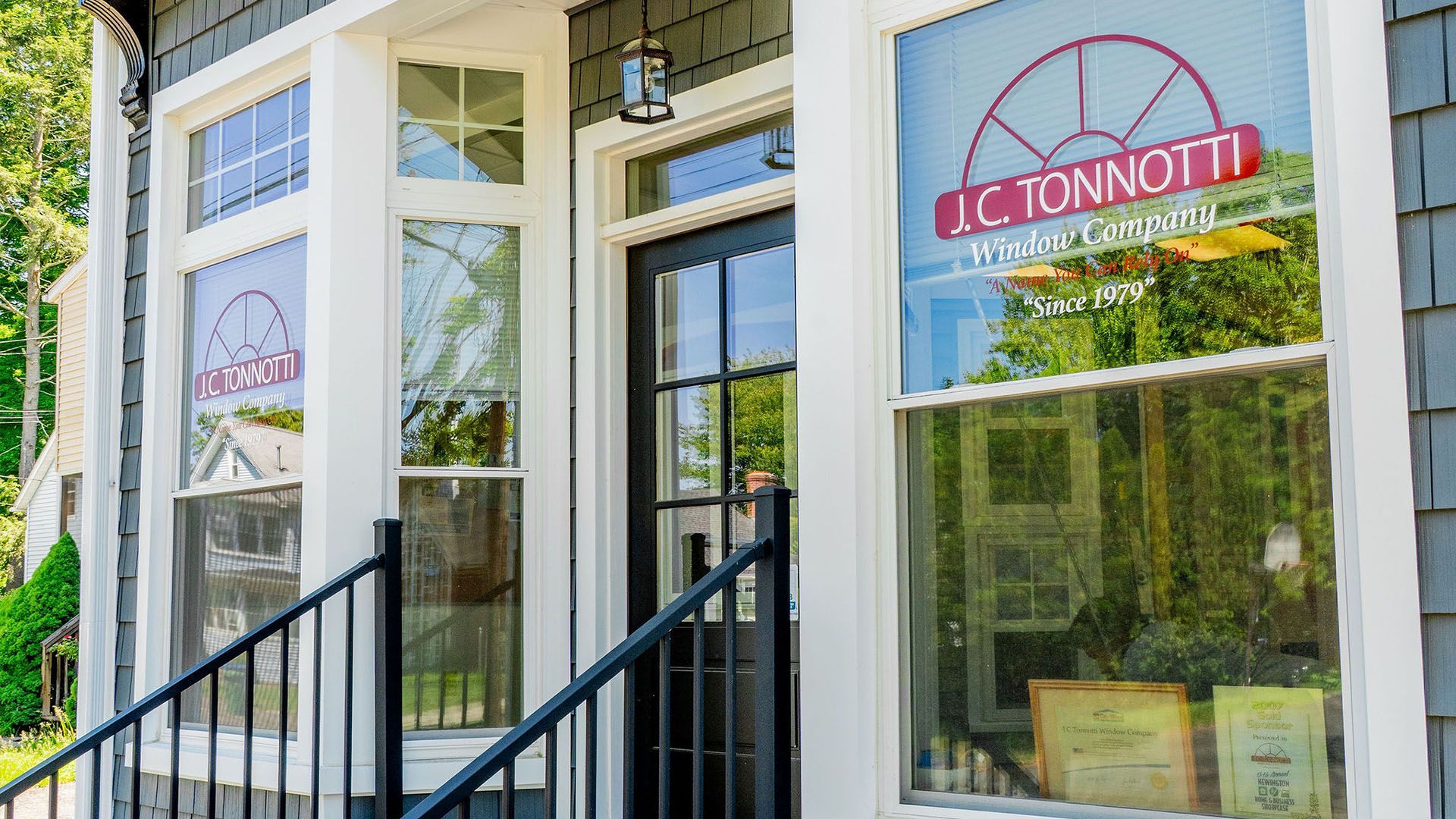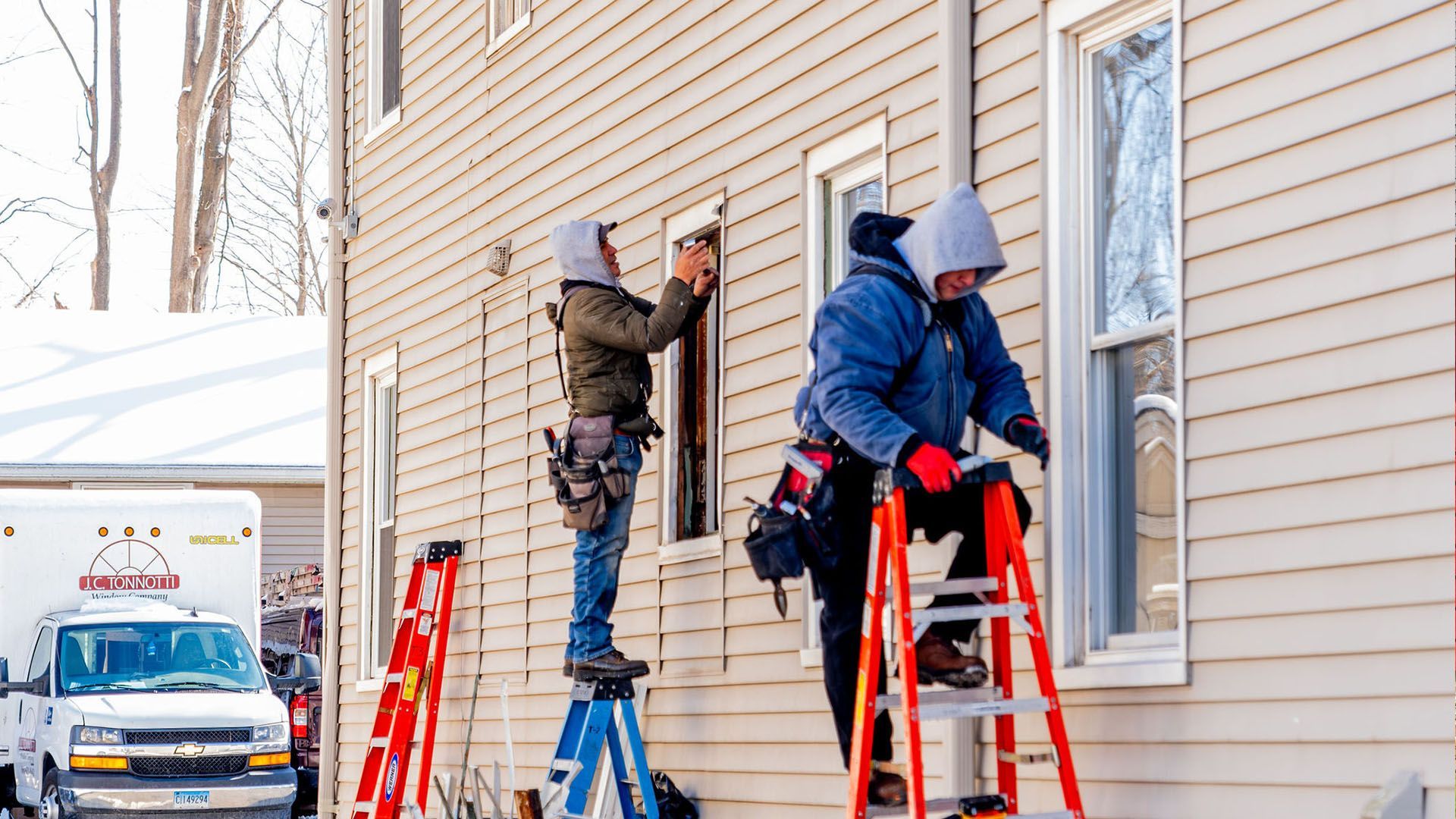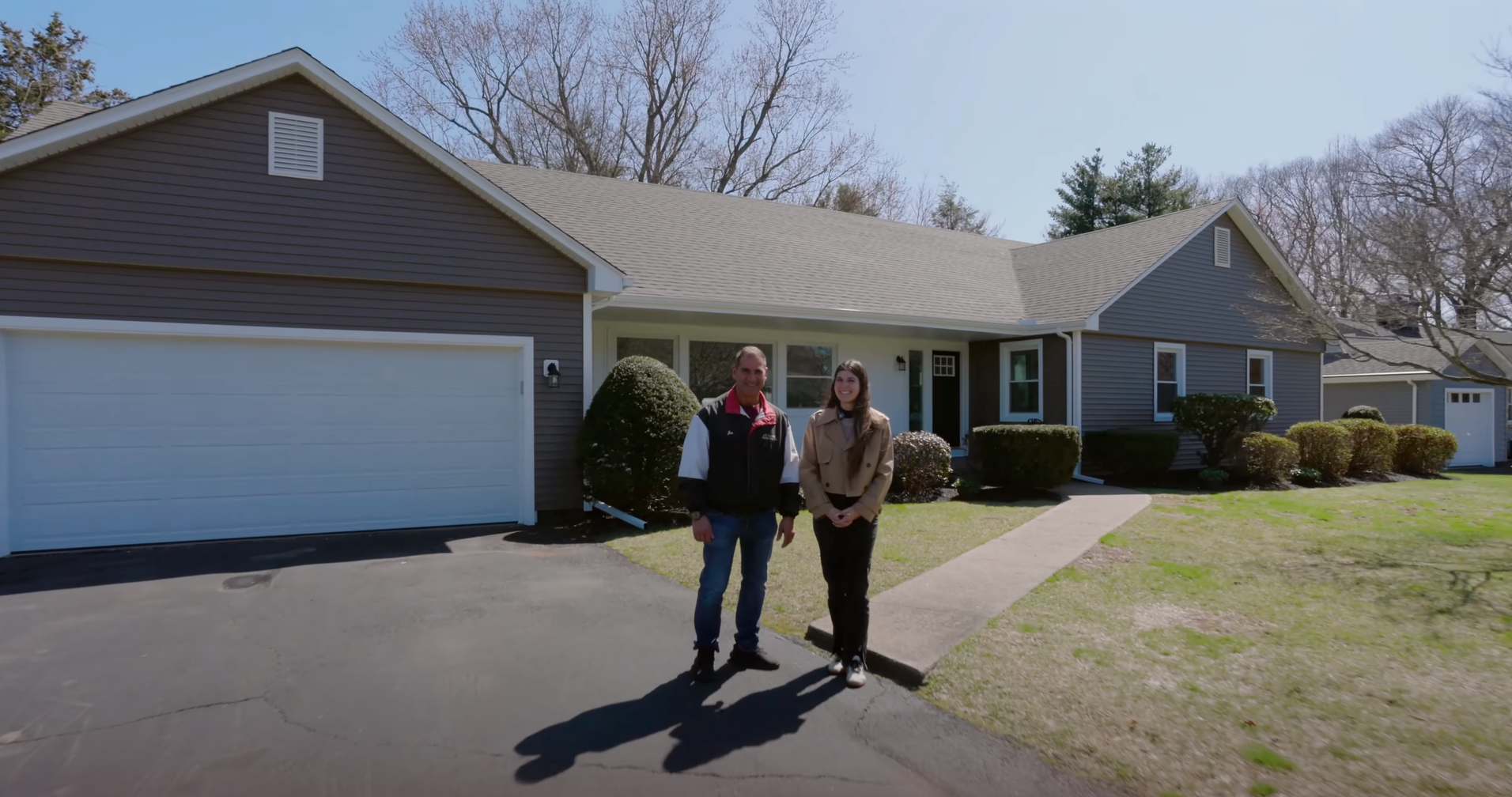The Best Window Types to Maximize Natural Light in Your Home

Natural light isn’t just a design trend—it’s a key element in creating a brighter, healthier, and more energy-efficient home. If you're wondering, “Which type of window is best for maximizing natural light?”, the quick answer is casement windows. However, the best choice for your space may depend on room function, orientation, style preferences, and performance goals.
In this article, we’ll walk you through the top window styles for enhancing daylight, explain key performance metrics, and help you make the right decision for your home.
1. Why Natural Light Matters
Natural light goes beyond aesthetics:
- Boosts mood and productivity – Exposure to daylight has been shown to improve mental health and reduce seasonal affective disorder (SAD).
- Reduces energy use – Well-lit spaces require less artificial lighting during the day, cutting utility bills.
Enhances home design – Light-filled spaces feel more open, inviting, and valuable.
2. Top Window Types for Maximum Light
Casement Windows
Hinged at the side and opening outward like a door, casement windows offer full glass exposure when open, allowing maximum sunlight and ventilation. They're particularly effective on south-facing walls.
Double-Hung Windows
These classic windows have two operable sashes, giving homeowners control over airflow and light. While they don’t offer as much light as casement windows, they’re a strong choice for traditional-style homes.
Sliding Windows
Horizontal sliders provide broad views and a low-profile frame that allows a lot of natural light in. Ideal for modern homes or areas with limited vertical space.
Awning Windows
Hinged at the top and opening outward, these windows are great for maintaining privacy while still letting in light—even during rain.
Bay & Bow Windows
These multi-panel windows extend outward, capturing light from multiple angles. They’re excellent for living rooms, breakfast nooks, or anywhere you want a stunning architectural feature.
Picture & Floor-to-Ceiling Windows
Non-operable but highly effective, these maximize light entry and offer panoramic views. Perfect for showcasing the outdoors and flooding interiors with daylight.
Skylights & Roof Windows
Installed in the ceiling, these are ideal for interior rooms or upper levels lacking wall space. They channel sunlight directly from above, brightening even the darkest corners.
3. Key Window Performance Metrics
When choosing a window for natural light, consider the following:
- Visible Transmittance (VT) – Measures how much light passes through the window. Higher VT = more light.
- Solar Heat Gain Coefficient (SHGC) – Indicates how much heat enters. Lower SHGC is ideal for warm climates.
- U-Factor – Measures insulation value. A lower number is better for energy efficiency.
Air Leakage – A tighter seal means better performance in all seasons.
4. Enhancing Light Through Placement & Design
Beyond window style, strategic design can dramatically boost daylight:
- Passive solar design – South-facing windows capture consistent daylight.
- Reflective surfaces – Light-colored walls and finishes help bounce light deeper into rooms.
Cross-ventilation layout – Placing windows across from one another enhances airflow and light circulation.
5. Room-Specific Recommendations
- Kitchen: Over-sink picture or casement windows offer light right where you need it most.
- Bathroom: Choose high-placed or frosted
awning windows for privacy and light.
Living Room/Bedrooms: Bay, bow, or floor-to-ceiling windows elevate brightness and ambiance.
6. Aesthetic & Value Benefits
- Improves curb appeal – Modern, light-optimized windows enhance a home's exterior and resale value.
- Indoor-outdoor flow – Sliding or French windows connect your home with nature.
Architectural match – From modern black frames to traditional grids, the right window complements your design.
7. Tips for Choosing & Installation
- Choose energy-efficient glazing – Low-E coatings, argon-filled panes, and triple glazing balance light with performance.
- Pick the right frame material – Vinyl, fiberglass, and wood have different insulation and aesthetic values.
- Use a professional installer – Proper installation ensures airtightness and performance.
Manage glare smartly – Use light-filtering treatments or UV films where needed.
8. Summary & Action Steps
Recap:
- Best for light: Casement, picture, bay, and skylight windows.
- Balance with performance: Look at VT, SHGC, and U-factor ratings.
- Design matters: Placement, orientation, and treatments amplify the impact.
Next steps:
- Make a checklist of room needs and goals
- Match window types to room function and layout
- Talk to a local window expert to evaluate your options
📞 Ready to bring more light into your life? Contact us for a consultation or download our free daylighting guide today!




